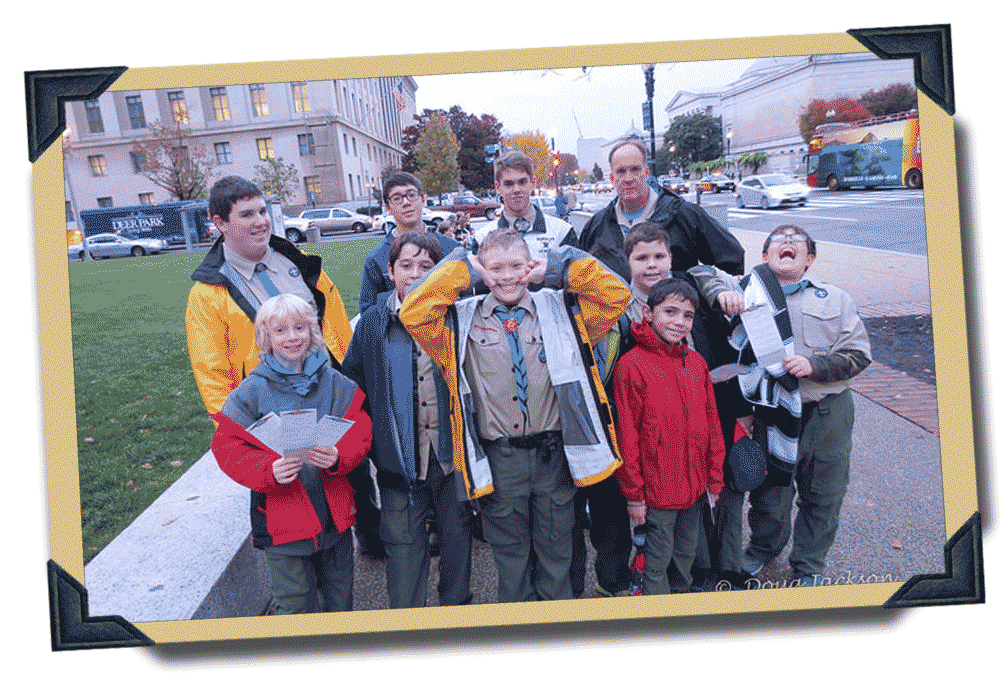STAKING:
All tents need to be staked
down to keep them from blowing away.
Securing the tent by placing heavy objects inside is just not adequate.
STAKING IN SPECIAL CONDITIONS:
Sand. Long broad stakes with
plenty of surface area are ideal in loose, sandy soil.
Hard, Rocky, or Frozen Soil.
Steel stakes work
well in these conditions. Store steel stakes separately. If stored with your
tent, the sharp edges can cut the fabric. Steel stakes can also leave rust
stains, which might damage your tent.
Snow.
Use “dead man” anchors:
bury objects (branches, tent bags, or stuff sacks filled with snow) that have a
great deal of surface area. Tents can also be tied to snow shoes, skis, or ski
poles, which are stuck in the snow.
GUYLINES:
When high winds or a storm
are predicted, do not count on staking alone to keep your tent secure. Depending
on the model, your tent fly has built-in loops or rings at optimal guyout
locations. It’s important to put in the extra time guying out your tent.
Correctly done, it can save your tent during exceptional weather.

CONDENSATION & VENTING:
Through perspiration and breathing, an adult gives off about a pint of water overnight. If it cannot
escape, the water vapor condenses to liquid. Most often, water found in the tent
is a result of this condensation rather than from the tent leaking. Condensation
will usually form where the sleeping bag touches the side of the tent, under the
sleeping pad, or on coated surfaces such as the door flaps. A tent’s double wall
construction allows the vapor to escape through the roof to the outside, keeping
the inside of the tent dry.
Leave the windows partially
open at night to provide cross ventilation and further reduce condensation.
Cross ventilation becomes more important in very humid or extremely cold
conditions when the permeable roof is less effective. The features that enhance
ventilation are windows, short-sheeted flys (bottom venting), roof vents, and
High/Low venting doors. These are specific to each tent model.
It is important to vent the vestibule. Un-vented, it can inhibit airflow into the
tent. Eureka! tent vestibules profit from the ability to “short sheet” by means
of zippers & toggles and staked vestibule pull outs create a bellowing effect.
Most Eureka! tents are equipped with a patented High/Low venting door. This design allows increased
airflow into the tent from the bottom. With backpacking tents, roll the base of
the door up and hold it open with the toggle. Eureka!
Performance and 4 Season tents are equipped with 2 High/Low venting doors and
high zippered roof vents and allow the best of venting options.
ULTRAVIOLET LIGHT:
Ultraviolet light damage to
tent fabric is caused by excessive exposure to sunlight. While our fabrics are
UV resistant, any synthetic fabric is susceptible to UV degradation. UV damage
will cause nylon and polyester to become brittle and tear easily. We recommend
that you use the rain fly even on clear days. It acts as a sunscreen to the
tent. A rain fly is both easier and less expensive to replace if damaged. UV
damage can be minimized by erecting tents on sites with low exposure to direct
sunlight.
GENERAL POLE CARE:
- Never let tent poles snap together as this can damage the pole end.
- Do not drop tent or pole bags on their ends and do not bounce a tent bag on its end to get
the tent out. These actions may cut the shock cord and damage the pole ends.
- The aluminum frame may bend slightly and take a “set” through usage; this normally does not
affect the performance of the frame.
GENERAL TENT CARE:
- Sweep the tent floor daily to prevent damage from stones.
- Try not to wear shoes inside your tent.
- Use a ground cloth whenever possible.
- Do not keep food inside a tent. Hungry critters will chew through tent fabric in search of
food.
Back to top









 Fig 8
Fig 8












